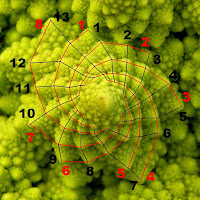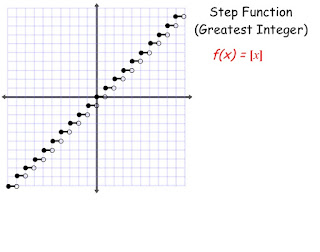(Topic: Infant loss, grief, math)
 |
| Image credit: http://aetherforce.com/fibonacci/ |
Dear Friends,
I have friends with all sorts of backgrounds, and all sorts of experience. A friend of mine just went through a grief event, so we have been talking, and both of us try to find analogies to help put grief into perspective, or to make it more accessible to people who have not gone through an intense grief event. She and I chatted about analogies from math, which she studied, and she and I tutored math in the same program in college. She allowed me to share with you the following math/grief analogies, which I thought hit the nail on the head.
Prime Number Frequency
One of the analogies she said a friend came up with, was using prime numbers as an example. Prime numbers are divisible by the number 1, and by the number itself, but nothing else (example: 13 is divisible by 13 and by 1, but nothing else). So a prime number has only 2 factors: 1 and itself. These numbers happen pretty frequently at first (2, 3, 5, 7, 11, 13…) but then start spacing themselves out more and happening less often. They still sometimes happen near each other in clumps, but over all, the higher you count, the less often prime numbers happen.
Grief, then, is kind of like that: the intense days or moments, and the triggers, happen all the time at first. Then, as time goes on and you work on healing, and life keeps happening, the moments that are hard and the triggers that can cause them will start to come less often. Sometimes they still come in clusters, sometimes there are several in a row, but overall they come less often. And while my experience is limited to 2 years, I can say that this seems to be true for me so far.
Step Functions
Another analogy we talked about was step-type functions. A step-wise function is not a curvy line like many functions. Instead, it bumps up in steps. For instance, age is a step function: you keep getting older, but it is called one age for an entire year, and then you move up to the next number as your age… but you still keep adding days for the whole next year without changing your age number.
The function itself, depending on how it’s defined, can have flat lines – as if you didn’t age at all during the year, and you aged all at once on your birthday. When you have a function like this, each new level has a completely new value from the prior “step”.
 |
| Image Credit: link to original image |
Grief can feel like this, too: For instance, I feel like I was in a fog for the first 6 months after Charlie died. After that, I thought I was doing a lot better (and I was), but in hindsight, the remainder of the first year was yet another step on the journey of coming to a place where I was more functional. For me, I noticed these phases or steps in hindsight, but for some people, there can truly be a day where you feel like you “wake up” and realize how badly you were dealing with the rest of life. And at that point you move to the next phase of how well you are doing.
All of these are analogies, which of course means they aren’t a perfect description of how life and grief works. They are just a way to explain and help people understand. I hope these – which I find to be a neat way to gain a new perspective – are helpful to you too.
Yours,
Sarah
To subscribe, find the “subscribe by email” note in the left column and enter your email there. Posts will be emailed directly to you whenever I post them!
Resource list: Visit my spreadsheet at www.tinyurl.com/infantloss
